Nash leads research and development efforts that involve the built environment. He is currently researching the future of home, exploring the way things will work in a world shaped by population movement and climate change. This year he founded a new company, Home R+D LLC, to expand the options for temporary housing after a climate event.
Through his first company, an architectural services firm, his work focused on systems of adaptable office space - connecting people to each other and the resources they needed for work. This company designed centralized and distributed spaces for the Wikimedia Foundation, Google, and the Smithsonian Institution, ranging from entire campuses to moveable walls to interactive wayfinding. Nash was Google’s Architect-In-Residence for its large campus development projects while also working closely with Google’s Room-Experience-Engineering team to improve distributed connectivity in its workspace. Nash started his career at The Presidio National Park and Stanford University, and completed his architectural apprenticeship at SHoP in New York where he helped launch their building information modeling program.
Nash holds a Bachelors in Economics from Amherst College and a Masters of Architecture from UC Berkeley. He has been a LEED accredited professional as well as a licensed architect in California, New York and Washington DC, and a board member of the Presidio YMCA.
Nash loves buildings, believes in community and spends as much time as he can in nature. He always lives near the water - currently in Newburyport, Massachusetts for his kids' high school years.
Past Architectural Projects
Nash Hurley Architecture Studio (aka Vital Environments, Inc. ) was an architectural services company that leveraged user research to develop adaptable solutions for office space. The studio’s services ranged from campus master plans to architectural product design. The studio sought to make new types of buildings that reflected our connected social habits and our need to harden our buildings for the coming climate crisis.
Nash Hurley Architecture Studio was established in 2010 and offered architectural and design services via the California corporation Vital Environments, Inc. from 2011-2022. The business officially dissolved at the end of 2022 due to Nash’s personal need to create a solid platform for his kids during their high school years. While Nash no longer offers architectural services, he continues his research into networks of physical spaces. Below are examples of his past architectural work for adaptable centralized and distributed workspace.

Pittsburgh Greentech Campus

Sunnyvale Technology Campus
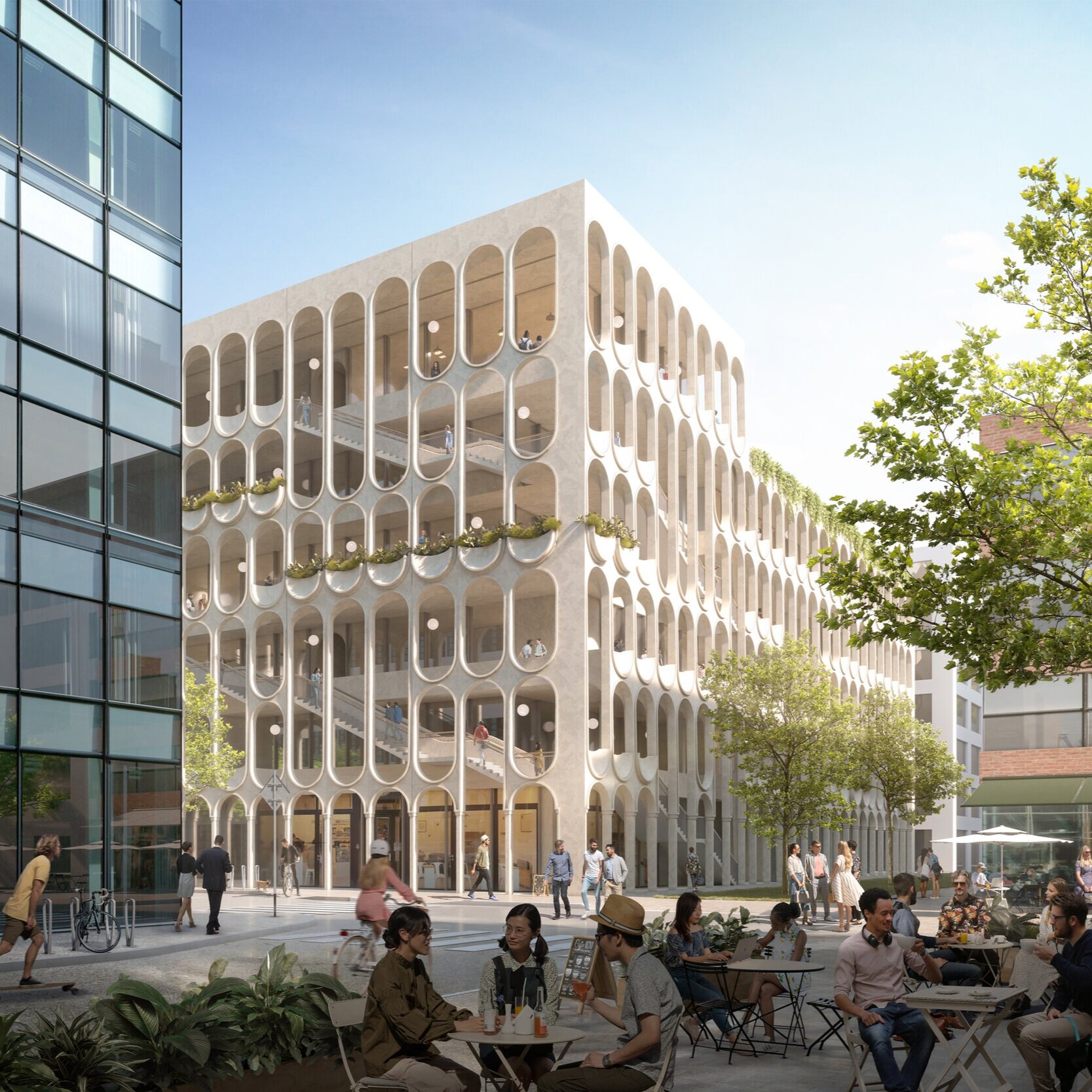
San Francisco Open Air Office Building

Tiburon Marine Biology Campus

New England School Campus

Santa Clara Tech Campus

San Francisco Creative Campus

Mountain View Innovation Hub
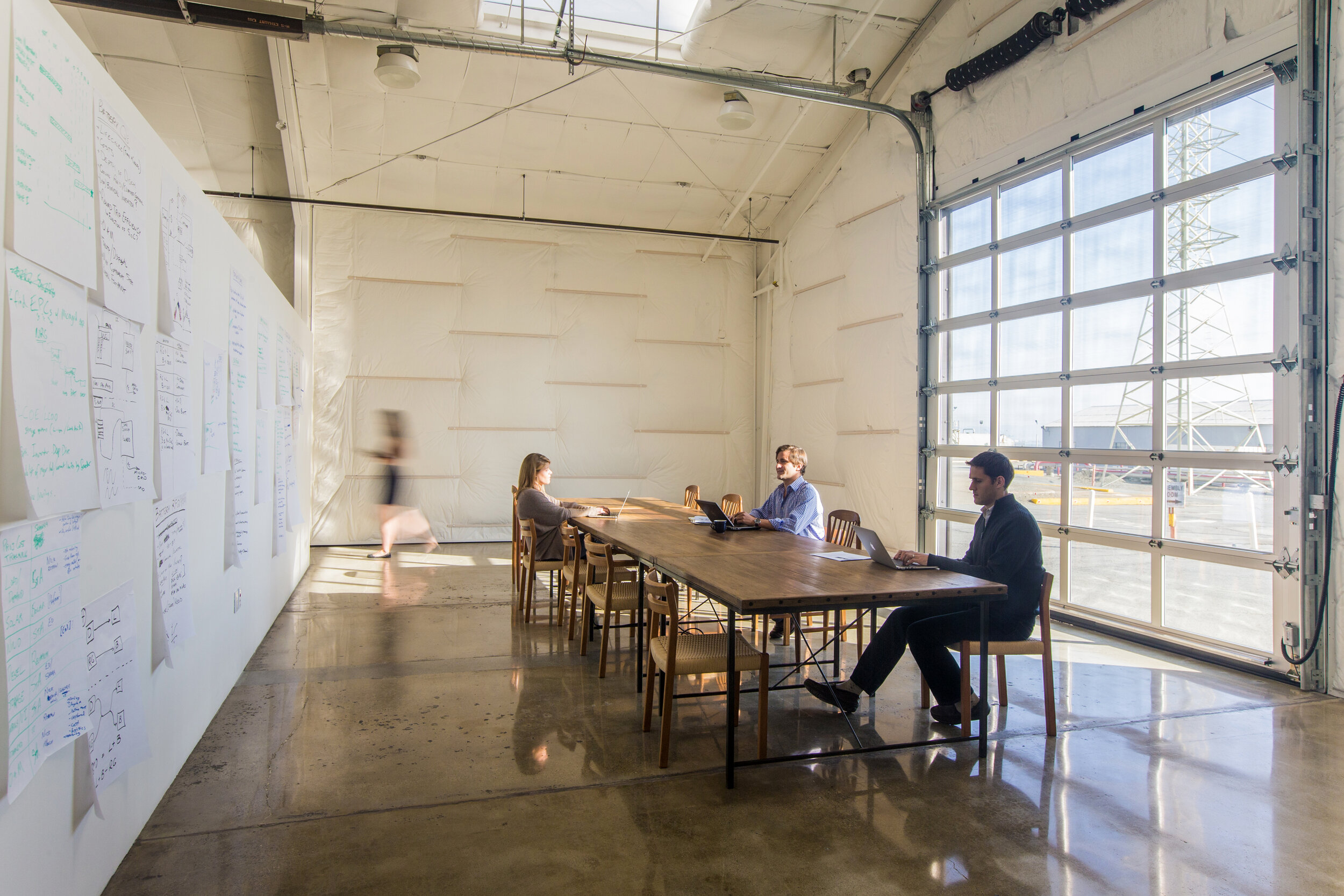
Potrero Power Plant Innovation Hub

Wikimedia Foundation Hub

Joint Structures Hub 2075
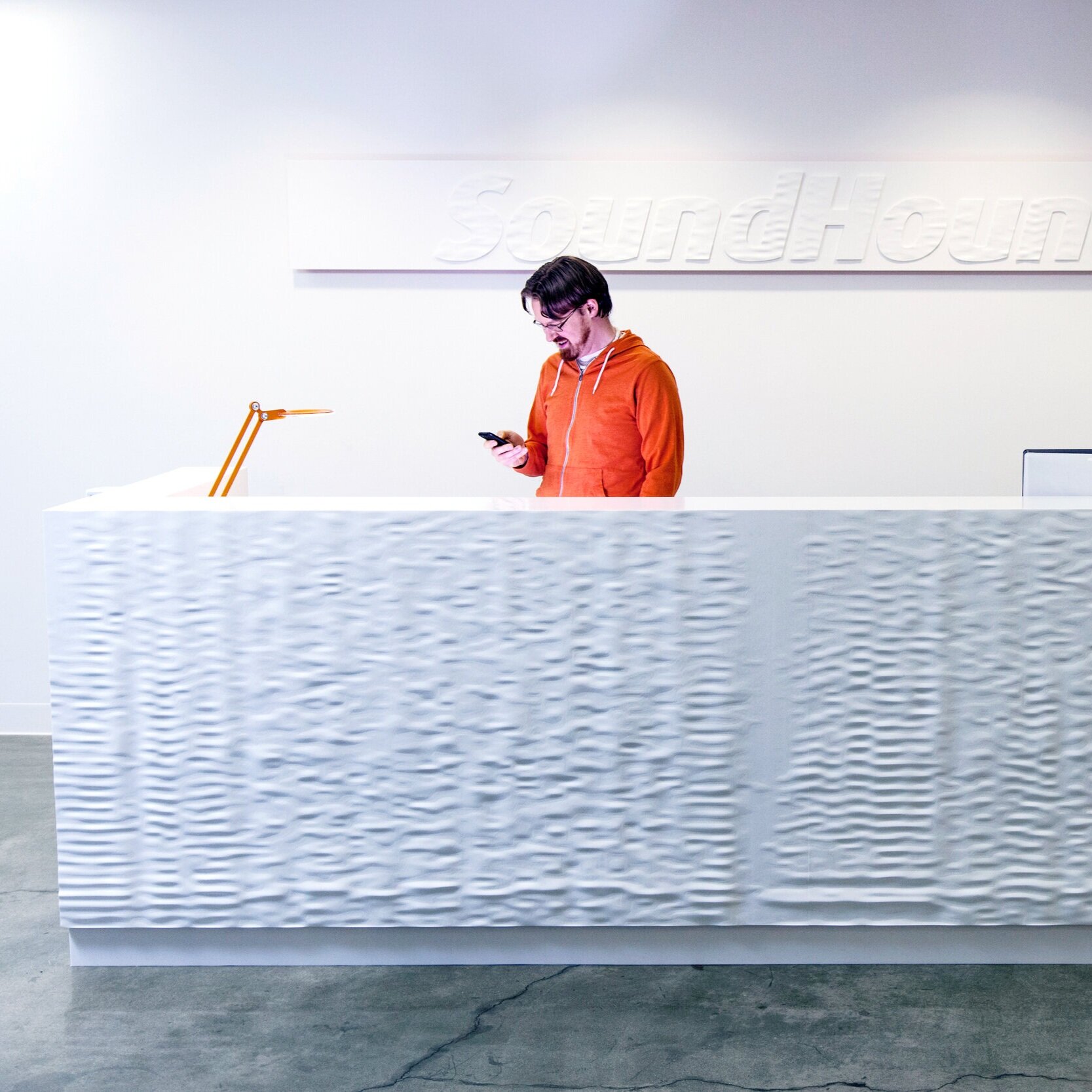
Soundhound Headquarters

Social Impact Innovation Hub

Hawaii Excelerator Hub

Peace Pentagon Headquarters

Campus Connector

Newark Visitor Center

Smithsonian Visitor Center

Fireclay Retail Space

Presidio YMCA
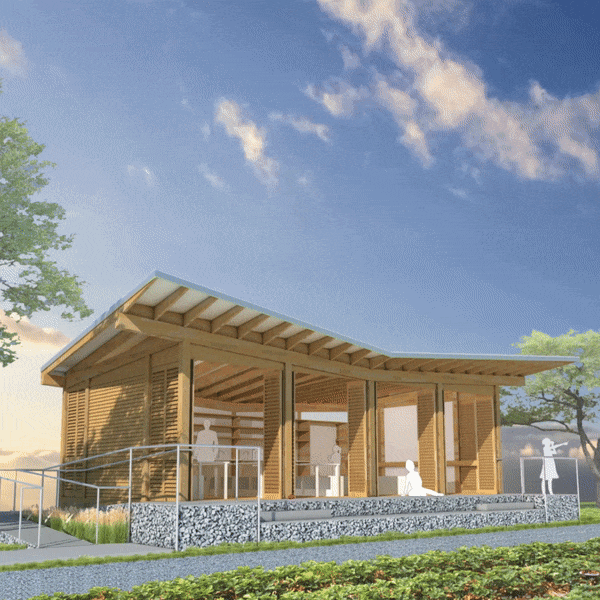
Outdoor Agricultural Classroom

McNears Park Master Plan

Comfort on Demand
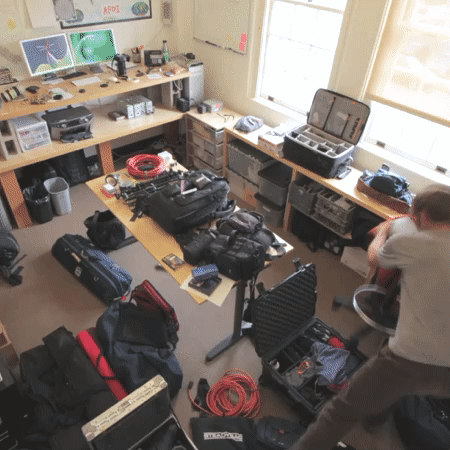
Presidio Filmmaker Workspace
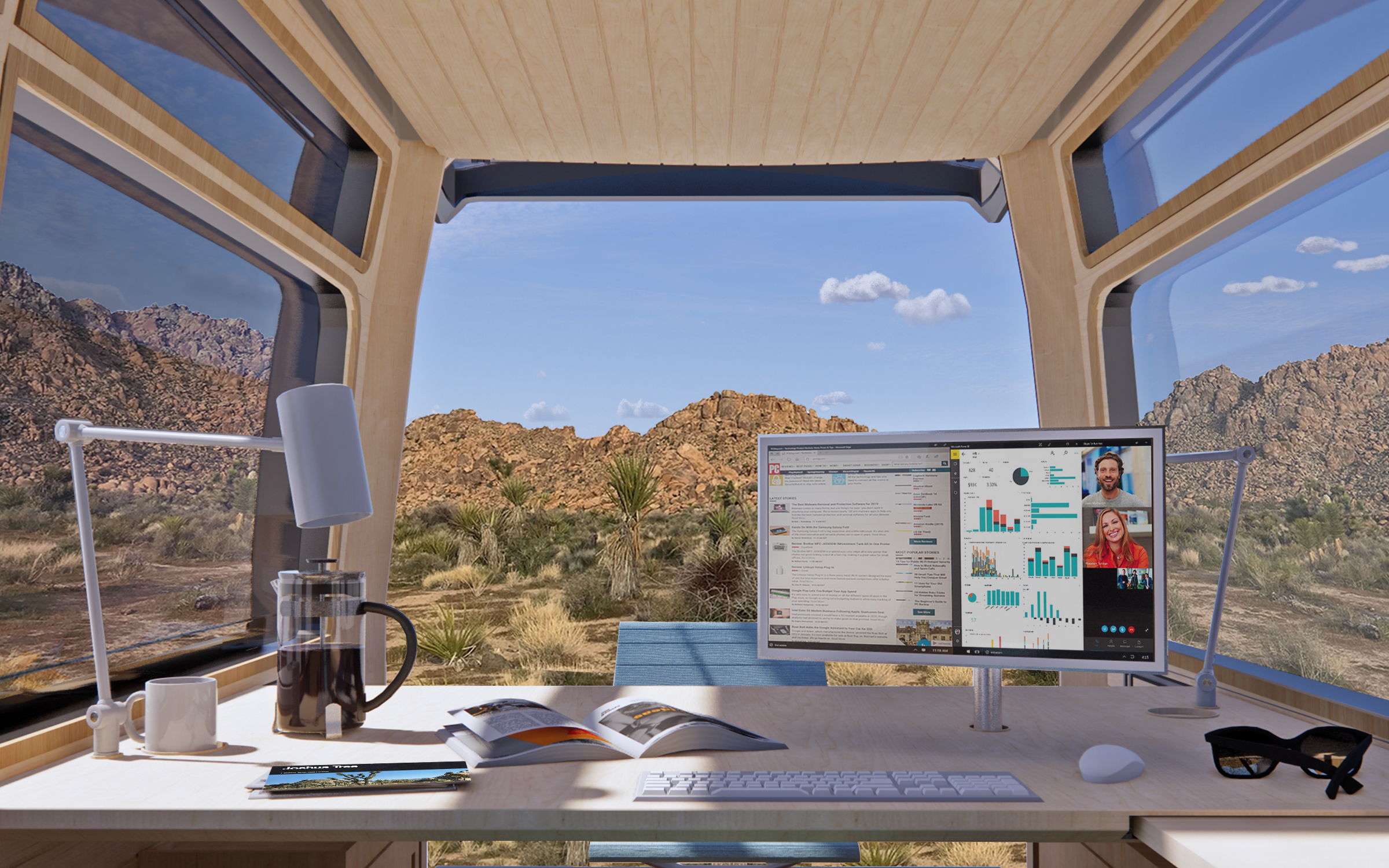
Mobile Work Unit

Workspace Partition System
Articles
Articles and illustrations by Nash about centralized and distributed workspace.
Where We Forget, Our Buildings Remember
Making sense of centralized and distributed workspace
Every generation builds the world of their imagination. Human memories, however, are short-lived, and we forget the imaginations of past generations. That forgetfulness can lead to the mislabeling of foreseeable market forces as unexpected social disruptions — making the path forward unclear. Where we forget, our buildings remember. They tell a story of cycles of change: expansions and contractions of production that result in an ebb and flow from centralized to distributed workspace.
2020 Medium Article (also available on The Registry)
Hidden in Plain Sight
Creating a sustainable legacy for America’s Car Culture
As part of our larger Network Communities research with Josh Emig, we have been investigating gaps in the existing marketplace — between what we produce today and what these networked communities will need. These will be the products and the services that will allow people to seek value and create economic opportunity in new places outside of the traditional city centers.
We are moving towards more distributed models for work. Liberated by technology, more of us will have options for where to live and how to work. Gone are the benign debates over open-office or closed-office, replaced by much higher-stakes gambles of centralized headquarters or work-from-anywhere distributed real estate investments. But what does work-from-anywhere look like? And who is going to pay for it?
Measure what we value
New metrics for commercial office building design
Humans tend to measure what we value. For many of us that means money. We equate more money to increased autonomy and greater happiness. For others it is time. Time spent on what we want to do versus time spent on what others want us to do. We measure the first as “vacation time” and account for the second as “work time”. We will give up money for “vacation time” but expect to receive money for “work time”, and measuring value is not all about time and money.
The last few business cycles have shown us a new, more powerful metric for value creation: this value is measured in users. Counting users has become so attractive that many companies, both mature and startup alike, will give out all kinds of goods and services, all kinds of money and time to gain more users…
This is air.
In the summer of 2021 on the heals of the pandemic, Josh Emig and Nash Hurley got together with their mechanical engineer friend Marco Alves to discuss the topic of fresh air in office buildings with a not-so-secret goal: to raise awareness that most of the air in many of our office buildings is recirculated. We wanted to outline an actionable framework to help all of us understand what we could do, as dads and everyday citizens, to make our offices and classrooms a bit safer.
2020 The Registry Article released on Medium in 2021
The End of the Great Compromise
There is a certain kind of freedom that comes with tackling apparently insurmountable problems. My architecture studio took the freedom presented by the pandemic to rethink the relationship of user-driven workspaces and the economics of the commercial real estate industry. To learn more about this and our solution that came out of this latest studio challenge, check out Nash’s recent article in The Registry.
Our MWU design team : Samantha Villaseñor with Yuchen Song, Liz Lessig and Anthony D’Auria.
Comfort on Demand
The General Services Administration (GSA) partnered with Metropolis Magazine to release an open invitation for design ideas to transform its existing Los Angeles 800,000sf facility into a net-zero building. Our solution was based on the concept that utimately people, not buildings, use energy. Working with Beau Trincia and Taylor Keep, Nash developed a concept for a furniture-integrated, user-controlled, heating and cooling system, that provided the users of the building with “comfort on demand” while delivering a net-zero-energy campus. Beau ended up exponentially expanding this idea and partnering with Andrew Krioukov and Stephen Dawson-Haggerty to launch Comfy, which has since become part of Siemens AG.







